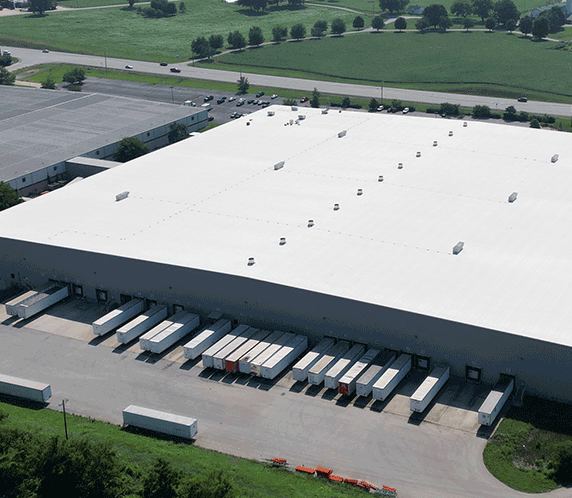Less Than Truckload (LTL) shipping has become an increasingly popular option for businesses to transport small amounts of products. But LTL pricing for shipments can be complex, particularly for those new to the shipping industry. In this guide, we’ll look into factors affecting LTL pricing and provide tips on how to get competitive rates.
What is LTL Pricing?
LTL (Less Than Truckload) pricing refers to the cost of shipping small quantities of goods that don’t need a full truckload. LTL shipments usually weigh between 150-15,000 pounds and are transported on pallets. The cost for LTL shipping depends on several factors such as weight of shipment, distance traveled, type of goods being sent and desired level of service provided.
Factors Affecting LTL Pricing:
- Weight of the Shipment: Weight is the single most influential factor when it comes to LTL pricing. The heavier your shipment, the higher the shipping cost will be.
- Distance: The length of time a shipment needs to travel affects LTL pricing. The greater the distance, the higher the cost will be.
- Type of Goods Being Shipped: The type of goods being shipped can have an impact on LTL pricing. Hazardous materials, fragile items and oversized goods may need special handling and transportation, which could drive up shipping costs.
- Level of service: The required level of service can influence LTL pricing. Expedited or guaranteed delivery services may cost more than standard delivery services.
Tips on Negotiating the Most Competitive LTL Pricing:
- Consolidate Your Shipments: Consolidating your shipments can help you save money on LTL shipping. By combining multiple small shipments into one larger one, you can take advantage of volume discounts and reduce the cost per pound.
- Plan Ahead: Planning ahead can also help you save money on LTL shipping. If your carrier receives advance notification of your shipment, they may provide you with a more advantageous rates.
- Compare Rates: To get the best LTL pricing, it’s essential to compare rates from multiple carriers. You can do this by using online shipping calculators or directly contacting each carrier to receive quotes. Need help comparing rates? Contact us today.
- Negotiate Rates: After receiving quotes from multiple carriers, it’s time to bargain rates in order to get the best deal possible. Carriers may offer discounts or waive certain fees in exchange for winning your business.
Understanding LTL pricing can be complex, but understanding the factors that affect costs helps you get the best rates. By consolidating shipments, planning ahead, comparing rates and haggling with carriers to save money on LTL shipping costs and boost your profit margin, you’ll save money in no time!
Need help comparing rates? Contact us today.
Frequently Asked Questions:
How is LTL pricing calculated?
Factors determine LTL pricing such as the weight of a shipment, its distance to travel, the type of goods being sent and required level of service. Carriers may also factor in additional charges like fuel surcharges, accessorial fees and insurance when setting their rates.
What is the average cost of LTL shipping?
The cost of LTL shipping varies based on several factors, including the weight of your shipment, its distance to be traveled, what type of goods need to be sent, and the desired level of service. On average, LTL shipping usually costs anywhere between $0.15 and $0.30 per lb.
How can I find the most competitive rates for LTL shipping?
You can get the most competitive rates for LTL shipping by consolidating your shipments, planning ahead, comparing rates from multiple carriers and haggling with carriers.
Finding the best rates can be complex. If you need help, give us a call today!
Are there additional fees associated with LTL shipping?
Yes, carriers may charge additional fees for services such as liftgate delivery, inside delivery, residential delivery and hazardous materials handling.
What is a freight class, and how does it impact LTL pricing?
Freight class is a standardized classification system used to set the shipping rate for LTL shipments. The freight class is determined based on factors such as density, stowability, handling, and liability of the goods being shipped.
Does distance affect LTL pricing?
Yes, distance of shipment plays an important role in determining LTL pricing. The longer the shipment must travel, the higher its shipping costs will be.
What is the maximum weight limit for an LTL shipment?
The weight limit for an LTL shipment varies based on the carrier and equipment used. Typically, LTL carriers can handle shipments up to 15,000 pounds.
Can I Track My LTL Shipment?
Yes, most LTL carriers provide tracking information for shipments. You can track your package online using either the carrier’s website or by contacting their customer service team.
What is the Difference between LTL and FTL Shipping?
LTL shipping is ideal for smaller items that don’t need a full truckload to be sent, while FTL shipping is employed when transporting larger amounts of items requiring an entire truckload. On average, FTL shipping tends to be more expensive than LTL delivery.




